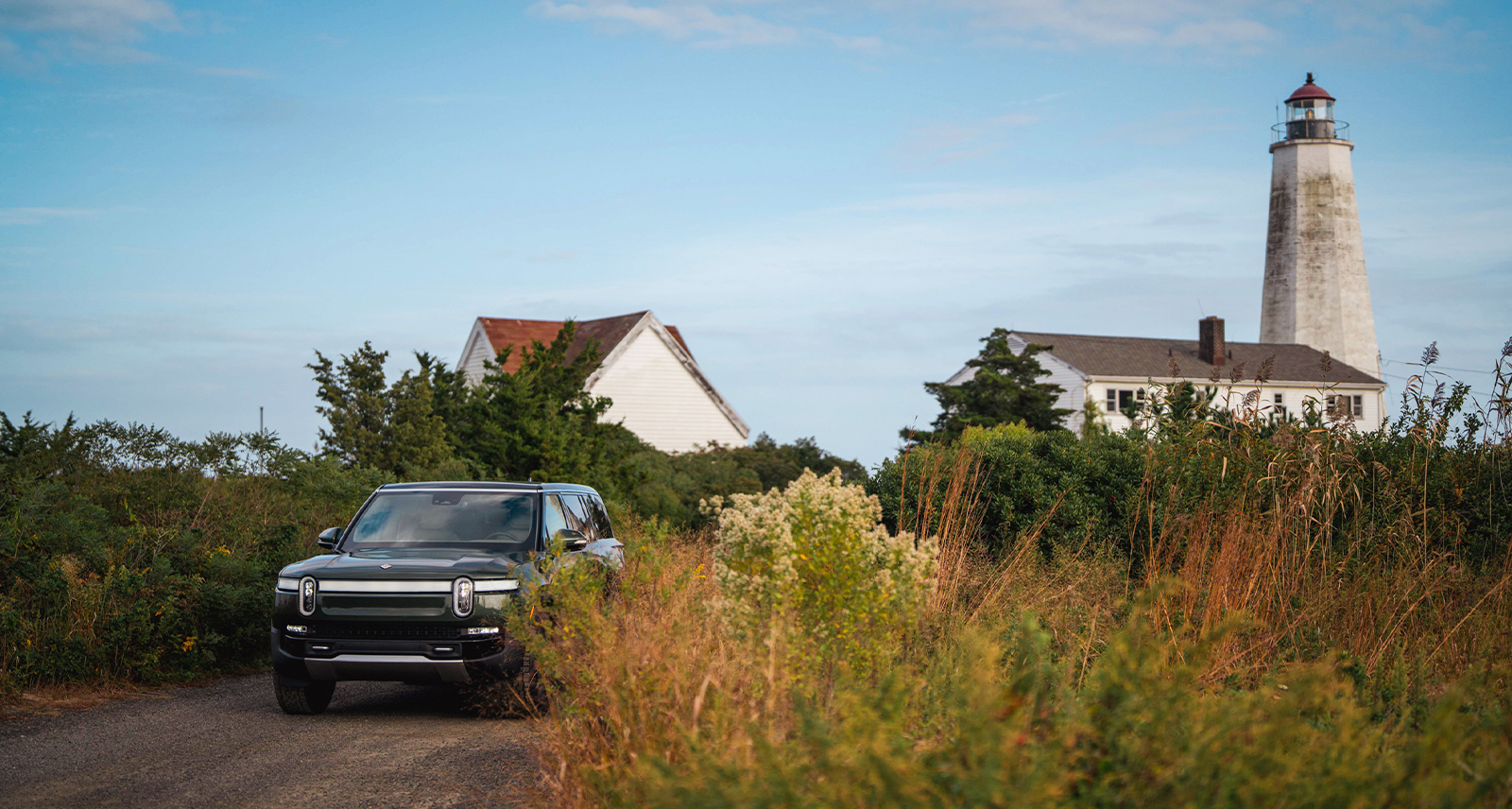The Haunted House
My girlfriend in 1979 lived with her mother and stepfather in the basement of a ’50s bungalow on a dead-end street along the bottom of the Niagara Escarpment in Hamilton.
The street never seemed to wake up. If you could get to the top of its giant old trees, you could look south up into the side of the mountain and watch the traffic crawl up the Queen Street hill. North was the city, flat except for the many church steeples, the few office towers, and the steel-mill smokestacks smudging the sky.
I’d sneak in and out of her basement when her family was asleep. After midnight — after punk rock and the blues had finished rattling my bones — I’d pay my respects for a few hours.
Around 4 a.m., I’d unlock the back door and slither out into the sprawling yard, which led up the mountain and into eternity. It was beautiful on that street.
The quiet would soon be broken by the sound of barking. The family’s giant dog, Charlie, an angry, forest-filthy Afghan, would come charging out through the darkness like a werewolf on the moors. I’d hustle around the side of the house, slipping and sliding in my New Wave shoes down the front lawn and land on the broken asphalt of Amelia Street with the dog in a rage coming up behind me.
This was a house that was grounded and solid, inviting to the hermit in me; a shelter where nothing moved and anything that did went undetected anyway.
I’d have no time to pull my keys from my pocket and get into the safety of my car, so I’d run across the street, onto the neighbour’s lawn, and dive over an ancient stone wall, lying there, silent, while Charlie took off. It was peaceful behind that wall. I could sleep right here, I’d think. The house attached to the property was also a model of seclusion. It was an early Ontario double brick, probably a hundred years old.
The house was dark, hidden behind plenty of trees and that wall. This was a house that was grounded and solid, inviting to the hermit in me; a shelter where nothing moved and anything that did went undetected anyway.
It was 1979, tilting toward 1980. I was 20 years old and had nothing but a few guitars and a sad, style less Chevy Citation. As I lay on the ground, I said to myself, “If I ever make any money, I’m going to buy this house.”
And 25 years later I did.
I had owned other houses, but late at night I’d still cruise up Queen Street, turn right onto Amelia, the last street before you have nowhere to go but up the mountain, and I’d turn off my car’s lights, glide up the block, and park across the street from the house that had haunted me for so long.
Both my kids spent time growing up here, and the house has been the cradle for my creative life for 12 years. I’ve done my best work at my desk, sitting in the front window, hidden from the world by that ancient wall. I’ve written songs, painted canvases, and completed my first book. The house is my blanket, my confidence, and my serenity. It has a built-in spirit, the ghost of a nun who challenges my sleep and guides me through artistic quests.
Oh, there is one last thing I should mention. The first time I walked into this house, I looked to my left, into the living room, and there, on the wall, was my very first painting, a piece I had donated for a fundraising auction in 1997.
I turned to the agent and told her, “This is my home. I’ll take it.”










